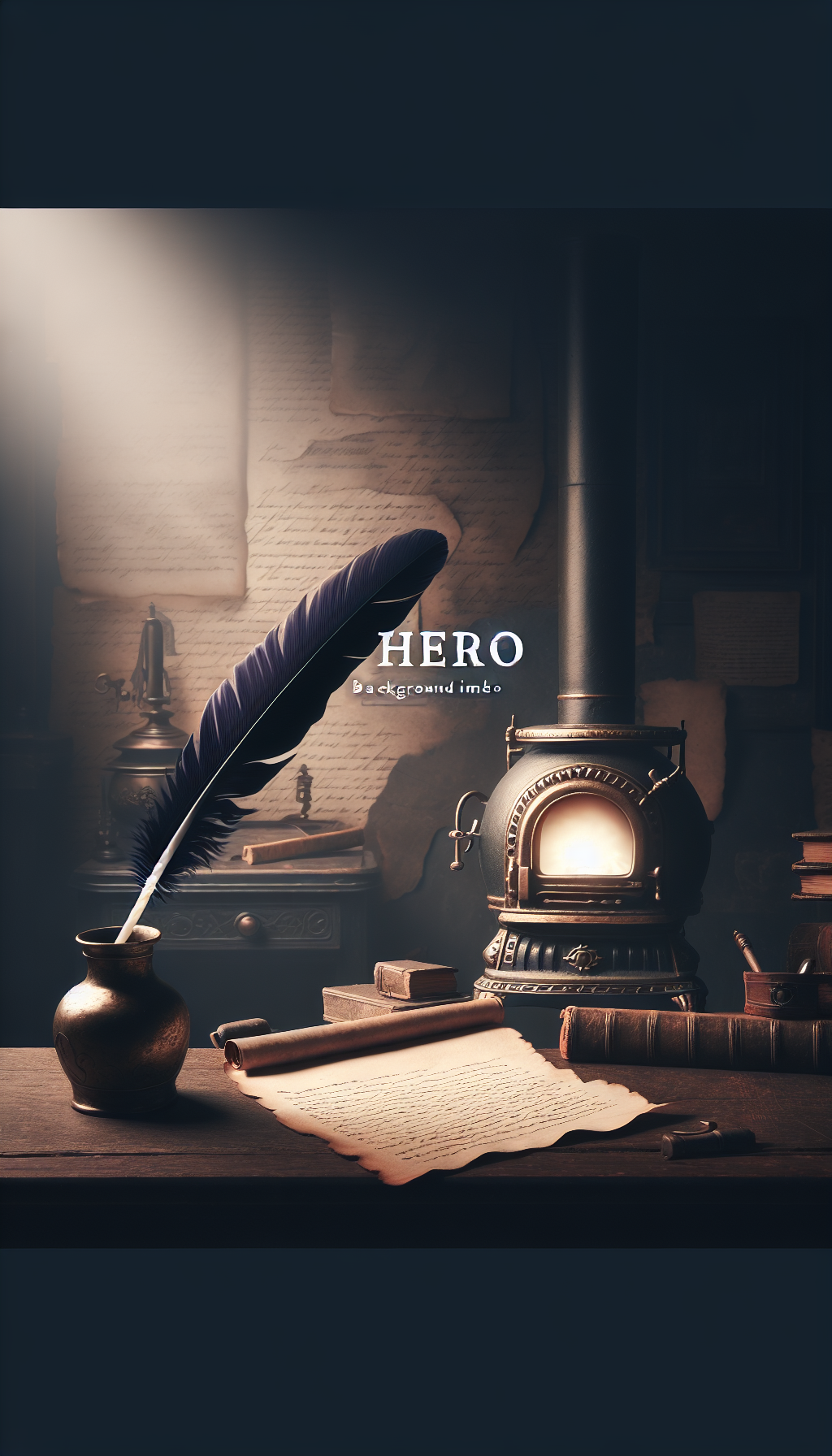Dale May Original Limited Edition Print Darth Vader
About the Artist and the Work
Dale May is a New York–based photographer known for elevating pop-cultural toys into large-scale, meticulously lit fine art portraits. His widely collected “LEGO-inspired” bodies of work—produced circa 2011–2013—pair slick commercial technique with the nostalgic pull of iconic characters. In this context, Darth Vader appears not as a still from the films, but as a pristine, heroic studio subject: centered, dramatically lit, and printed to accentuate gloss, color, and dimensionality.
The Darth Vader image sits within a coherent series that also features allied and rival figures (e.g., Stormtroopers, Boba Fett). For appraisal purposes, it’s essential to situate any Darth Vader print in its series lineage: same lighting language, similar square format, consistent mounting, and the artist’s standard editioning approach. Collectors prize the balance May achieves between technical polish and cultural resonance, making these prints perennial cross-over pieces for both contemporary photography buyers and pop culture art fans.
Key takeaways:
- Subject: a studio portrait of the Darth Vader LEGO-style figure presented as fine art photography.
- Period: primarily early-to-mid 2010s.
- Medium and finish: typically a chromogenic print (c-print) on glossy/metallic stock, face-mounted to acrylic with an aluminum composite (Dibond) backing—a high-gloss, gallery-ready presentation that emphasizes specular highlights and saturated blacks.
Editions, Formats, and Variants
Dale May’s Darth Vader prints are limited editions with defined size tiers. While specifics vary by release and gallery, the following patterns are commonly encountered:
- Edition sizes: small runs (often 15–25 per size), sometimes with multiple size editions for the same image. Each size tier typically has its own edition numbering (e.g., 1/15 for a mid-size, and a separate 1/10 for a large size).
- Typical formats: square compositions are prevalent, echoing a symmetrical, iconic presentation. Approximate framed or image sizes may be encountered around:
- Small: roughly 16–24 inches (image side)
- Medium: roughly 30–36 inches
- Large: roughly 44–60 inches
Dimensions vary; exact measurements should be confirmed on labels or invoices.
- Print type and mounting: chromogenic print on glossy or metallic paper (e.g., FujiFlex/Kodak Metallic are common choices for this look), face-mounted to clear acrylic (plexi) and backed with Dibond. The face-mount yields exceptional depth and gloss but introduces conservation considerations.
- Proofs: artist’s proofs (A.P.), printer’s proofs (P.P.), or exhibition proofs (E.P.) may exist in small numbers. These are typically noted on the verso label or COA and can carry a market premium depending on provenance.
- Variant imagery: backgrounds and pose are generally consistent within the series style; however, be alert to cropping differences, subtle color balance shifts, or later reprints from the same negative/file. Each authorized iteration should still be editioned, numbered, and documented.
Edition numbers do not by themselves guarantee earlier printing dates; many contemporary editions are printed in batches over time. Match the edition number, printing date (if present), and sale invoice date to understand where in the edition lifecycle your print sits.
Authenticity and Documentation
Authenticity for Dale May’s Darth Vader print is proven through a combination of physical markers, edition inscriptions, and paperwork. Expect most legitimate examples to feature several of the following:
- Signature and numbering: often found on an artist’s label affixed to the verso (backing) due to the clean, borderless face-mount presentation. Look for the artist’s name, title, date (or series year), and edition number, written or printed, sometimes with a hand signature.
- Title conventions: watch for consistent titling (e.g., “Darth Vader”) and date alignment with the series period. Cross-check spellings and punctuation; irregularities can signal later labels or replacements.
- Certificate of authenticity (COA): issued by the artist’s studio or the representing gallery. A COA should repeat the edition number, full title, medium, size, and date, and identify the signatory (artist or gallery principal).
- Gallery invoice and provenance trail: first-sale invoices from a reputable gallery, plus any exhibition checklists, press releases, or catalogues that mention the exact edition and size, strengthen provenance.
- Consistent materials: true face-mounts should present clear acrylic at front, a uniform black or metallic Dibond backing, and a professional hanging cleat or wire system. Ad hoc remounts and atypical backing materials warrant closer scrutiny.
Verification steps:
- Match the edition number across the verso label, COA, invoice, and any other paperwork.
- Confirm metric/imperial measurements in all documents, including whether they represent image size, sheet size, or overall frame size.
- If provenance includes loans or exhibitions, verify dates and titles against published checklists where possible.
- Look for continuity in typography and label style across other authenticated Dale May works from the same period.
Red flags:
- Front-signed glossy surface prints without any verso label or paperwork (not automatically inauthentic, but atypical for face-mounted works).
- Vague or mismatched edition details (e.g., 2/15 on label but 3/15 on COA).
- Inkjet prints on paper without face-mounting represented as “original” if the series standard is a C-print face-mounted to acrylic for that image and period. Variants exist, but they should be documented.
Condition and Conservation
Face-mounted contemporary photographs are visually striking and structurally sensitive. For Dale May’s Darth Vader prints, the most common condition concerns include:
- Acrylic surface scratches and scuffs: hairline marks are frequent, especially under raking light. Deep scratches are more serious and can be difficult to remedy without remounting.
- Edge lifting/delamination: failure of the adhesive bond at the edges between print, acrylic, and/or backing. Look for milky seams, lifted corners, or air channels.
- “Orange peel,” micro-abrasions, and haloing: texture or optical interference introduced during mounting or from mishandling.
- Newton rings: interference patterns arising from contact issues if materials shift or were imperfectly bonded.
- UV and color shift: good materials resist fading, but prolonged direct sunlight can still shift blacks or desaturate colors over years.
- Backing dents and cleat stress: pressure marks transmitted from backing hardware through to the print.
Preventive care:
- Display out of direct sunlight with controlled temperature and relative humidity (aim ~40–55% RH).
- Use soft microfiber cloths, non-abrasive motions, and acrylic-safe cleaners sparingly. Avoid ammonia and alcohol-based products. When in doubt, dust only.
- Ship professionally: never allow bubble wrap to contact the acrylic surface; use a non-abrasive barrier (polyethylene sheeting), rigid corner protection, and a lined crate. Changes in pressure and temperature during transit can exacerbate mounting stresses.
- Inspect periodically with raking light and magnification for early signs of lifting, scuffs, or adhesive failure.
Condition notes for appraisal reports should explicitly differentiate between:
- Surface-level, typical handling marks (often acceptable).
- Structural mounting failures (material to value).
- Presentation issues (e.g., scratched acrylic sheet) versus image-layer damage (which carries higher impact).
Market and Valuation Factors
Valuation for Dale May’s Darth Vader print depends on the intersection of edition dynamics, size, condition, and demand within contemporary/pop-culture photography. Consider the following:
- Size premium: larger, high-impact sizes generally command higher prices due to production cost, visual presence, and lower edition counts.
- Edition position: early numbers have limited premium in contemporary photography; however, editions that are sold out across galleries tend to perform better on the secondary market.
- Proofs: A.P./P.P. status can increase desirability if accompanied by strong provenance (e.g., directly from the artist or used in a notable exhibition).
- Series momentum and comparables: compare recent sales of the same image and of close substitutes (e.g., other Star Wars figures by May). Images with broader character recognition (like Darth Vader) often lead the series in demand.
- Exhibition history: a piece included in a recognized exhibition or catalogued can gain a modest premium, especially if documented.
- Condition and presentation: pristine face-mounts trade more easily. Noticeable scratches, edge lifting, or delamination can materially reduce value and restrict the buyer pool due to repair complexity.
Pricing context and approach:
- Establish a baseline from recent comparable sales and gallery asking ranges for the same size and edition type.
- Adjust upward for superior condition, proof status, and exceptional provenance; adjust downward for condition issues or incomplete documentation.
- Recognize that the primary (gallery) market and the secondary market can diverge; secondary outcomes for mid-size examples are commonly in the low-to-mid four figures in recent years, with large-format works achieving higher four figures under favorable conditions. Local demand and timing matter.
Appraisal methodology:
- Identify: confirm the exact image, series, size tier, and edition number.
- Document: assemble COA, invoice, labels, and any exhibition history.
- Condition-grade: record all surface and structural issues with images and raking light notes.
- Comp selection: prioritize same-image/same-size sales within the last 3–5 years; if scarce, triangulate with near-variants and other star characters from the same series by the artist.
- Conclude: reconcile a fair market value range and, if needed, a replacement value appropriate for insurance (often higher, based on gallery retail for an equivalent example).
Practical checklist (quick reference)
- Identify the exact image, series, and size; measure the image and overall mount.
- Confirm edition number and printing date; verify consistency across verso label, COA, and invoice.
- Inspect acrylic face for scratches; check edges for lifting or delamination.
- Note backing integrity and hanging system; test for flex or dents.
- Document provenance trail and any exhibition history.
- Pull recent comparables for same image/size; adjust for condition and proof status.
- Determine appropriate valuation type (fair market vs. replacement) and justify adjustments.
FAQ
Q: How can I tell if a Darth Vader print is from the original limited edition rather than an open edition or reproduction? A: Look for the edition fraction (e.g., 5/15) on a verso label or COA, the artist’s signature or studio authorization, and gallery paperwork. A face-mounted c-print with Dibond backing and professional hardware aligns with the original edition presentation. Reproductions typically lack this combination of materials, documentation, and finishing.
Q: Does the edition number (e.g., 2/15 vs. 14/15) affect value? A: Not significantly in most contemporary photography markets. Sold-out editions, proof status, and condition matter more. Early numbers can appeal to some collectors but usually don’t command a large premium.
Q: What condition issues are most detrimental to value? A: Structural mounting failures (edge lifting, delamination), deep acrylic scratches across focal areas, and noticeable color shift or UV damage. Light surface scuffs are common and less impactful if they don’t distract under normal viewing.
Q: Can face-mounted acrylic prints be restored? A: Minor surface abrasions can sometimes be improved, but deep damage often requires remounting, which is costly and not always feasible without risk. Consult a conservator experienced in acrylic face-mounts before attempting any treatment.
Q: Are there multiple sizes of the Darth Vader image, and do they share the same edition? A: Multiple size tiers are common, and each tier typically carries its own distinct edition (e.g., 15 for medium, 10 for large). Verify size-specific editioning on the label and COA to avoid conflating different tiers.



